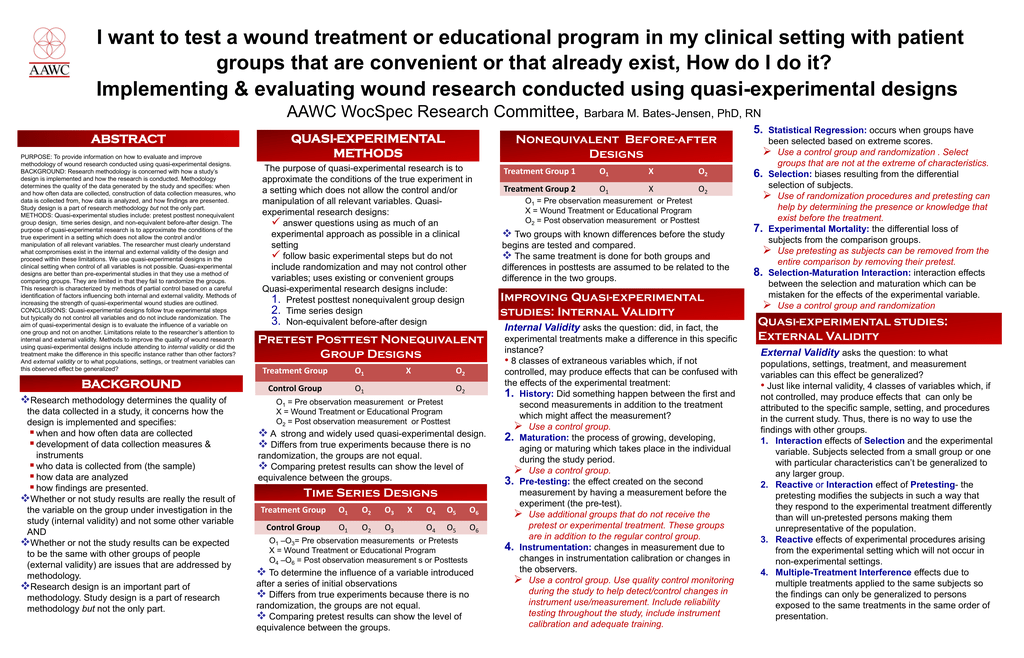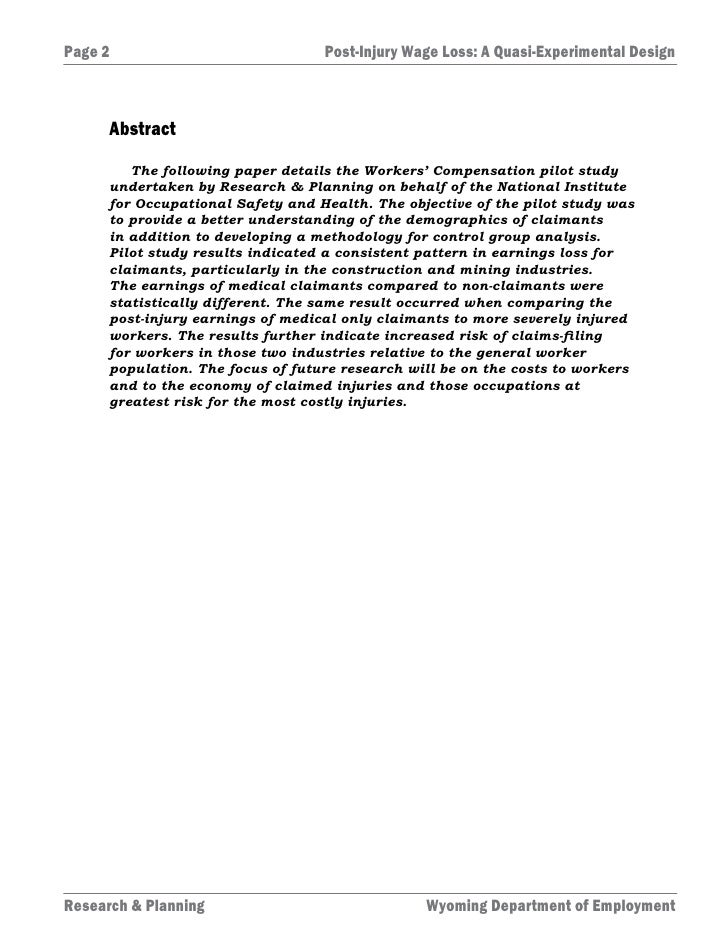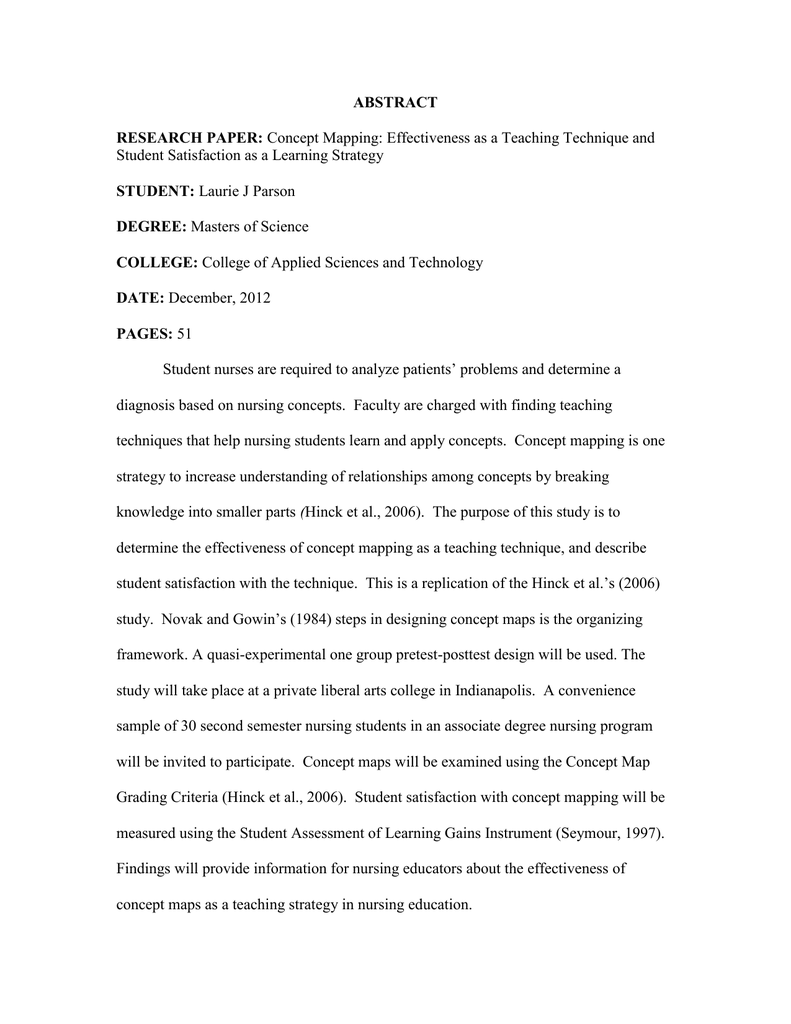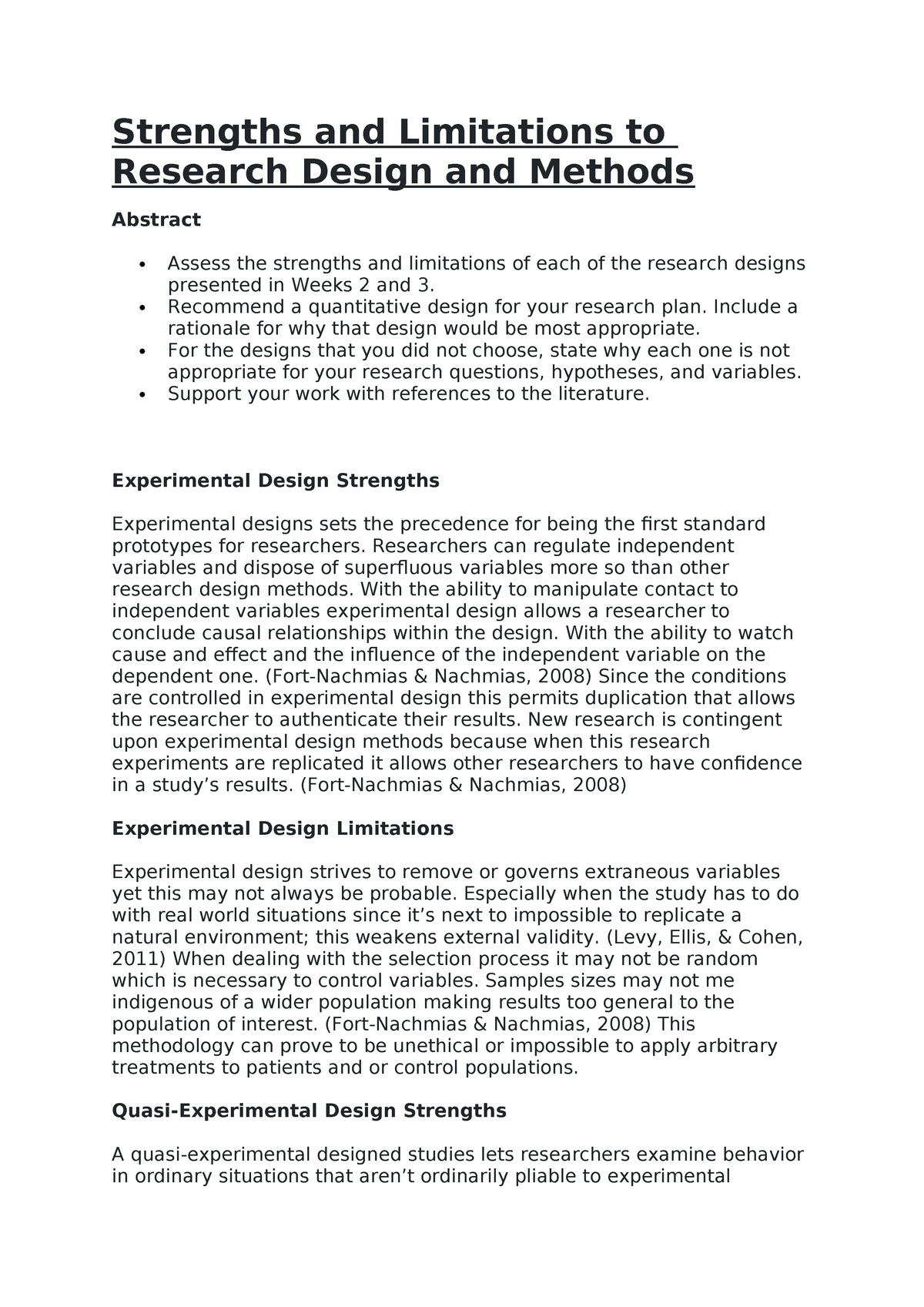Quasi Experimental Design Abstract

Control random choice or random treatment.
Quasi experimental design abstract. True experiments require researchers to exert a great deal of control over all aspects of the design which in turn allows strong statements to be made about causal. Show full abstract system design. Types of quasi experimental design are combined by the absence of one or several key features of a true design. Quasi experimental research designs are the most widely used research approach employed to evaluate the outcomes of social work programs and policies.
A quasi experimental design may be applied in the majority of natural sciences where the members and factors cannot be fully controlled. A randomized controlled trial we take participants and divide them at random to be in one of 2 groups. In an experiment a k a. Both experimental and quasi experimental studies aim to prove a causal relationship between an intervention treatment and an outcome.
By linking the discussion of quasi experimental designs in the abstract to actual applications to evaluate the outcomes of social services the usefulness and vitality of these research methods. C controlled pre post design in which the impact equals the. B pre post design in which the impact equals the difference d 1 between pre and post intervention observations. The hallmark of experimental and quasi experimental designs is using strict experimental con trol to maintain the internal validity of the ndings.
The most basic of these quasi experimental designs is the nonequivalent comparison groups design rubin babbie 2017. However they differ in their designs. My mentor don campbell often referred to them as queasy experiments because they give the experimental purists a queasy feeling. Graphical depiction of quasi experimental designs.
A cross sectional controlled design where the impact equals the difference d 1 between the study group black circle and control group gray circle. True quasi experimental research designs in which a treatment or stimulus is administered to only one of two groups whose members were randomly assigned are considered the gold standard in assessing causal hypotheses. Quasi experimental study designs sometimes called nonrandomized pre post intervention study designs are ubiquitous in the infectious diseases literature particularly in the area of interventions aimed at decreasing the spread of antibiotic resistant bacteria.
















